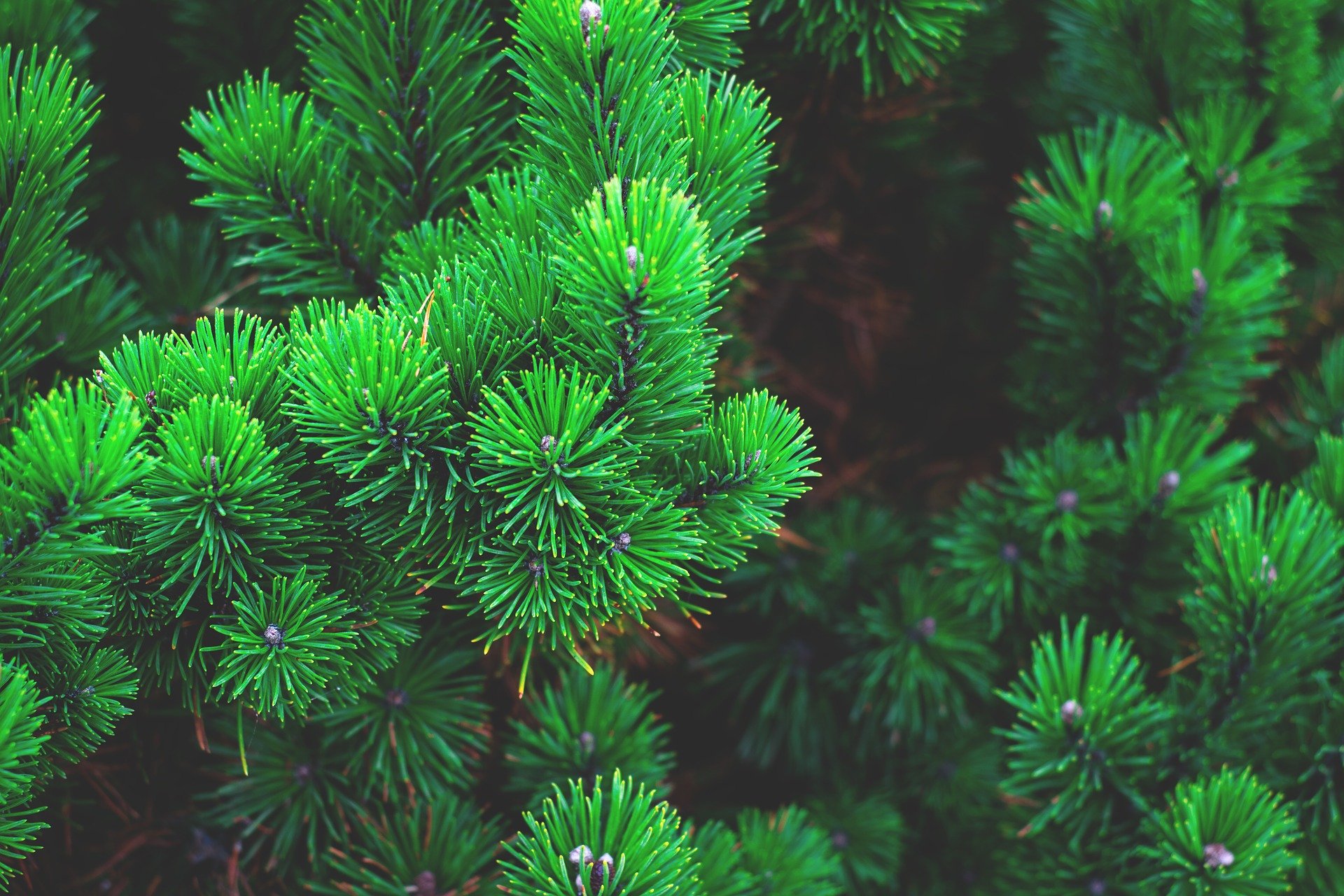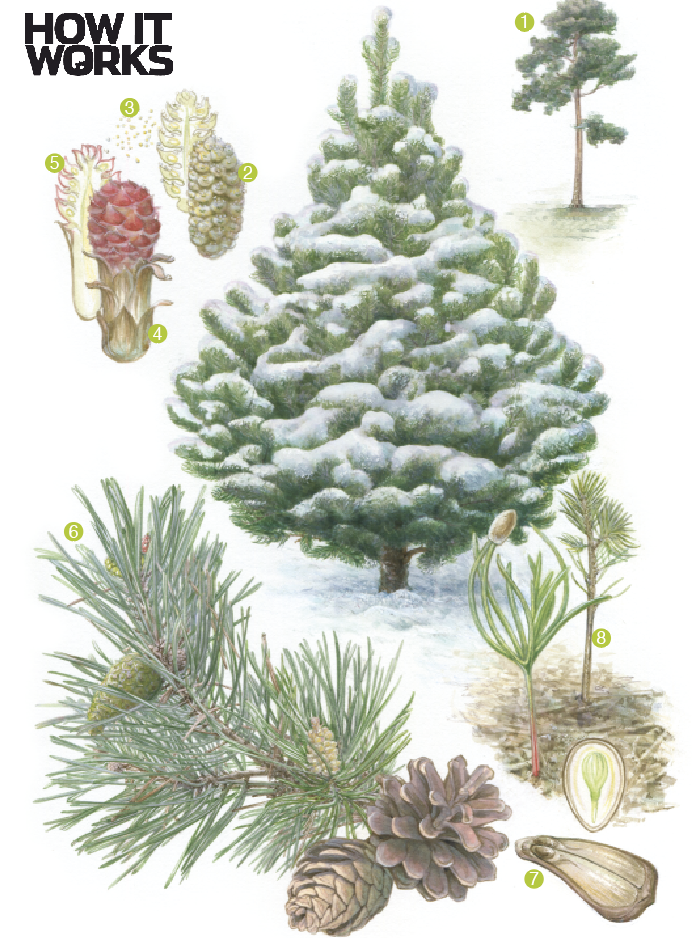Pine tree life-cycle: From cone to forest
by How It Works Team · 27/12/2015
 Vast forests of pine trees can be found in many different regions, from the snowy mountains of North America to the open plains of Europe. These hardy evergreen trees can grow in environments that many others can’t, favouring acidic or sandy soils and rocky regions at high altitudes.
Vast forests of pine trees can be found in many different regions, from the snowy mountains of North America to the open plains of Europe. These hardy evergreen trees can grow in environments that many others can’t, favouring acidic or sandy soils and rocky regions at high altitudes.
When exposed to plenty of sunlight, pines can grow up to a towering 80 metres (262 feet) and live for hundreds of years. One bristlecone pine in California is thought to be 5,000 years old, making it one of the oldest trees in the world, but most are cut down long before they reach this ripe old age.
Although pines are native to temperate regions in the Northern Hemisphere, some species have been introduced to southern continents as a valuable source of timber, an industry worth billions of pounds. The young pines that don’t go on to become fence panels and furniture usually end up as Christmas trees in homes across the world. Over 77 million pines are planted for this purpose each year, and take six to eight years to reach optimum Christmas tree size. However, when left to their own devices, pine trees grow to have long, slender trunks – almost unrecognisable as the same trees we decorate with tinsel and fairy lights – and use pine cones to reproduce. Each tree uses both male and female structures to create the next generation
Mature pine trees are monoecious, meaning that they have both male and female reproductive structures called strobili.
The male strobili form in the bottom part of the tree, and contain microsporocytes that develop into pollen.
In spring, the male strobili release their pollen, which then falls to the ground.
The pollen is carried by the wind up to the female strobili, which grow at the end of the tree’s branches.
Once the pollen lands on the female strobili, it finds its way into the ovules to fertilise the egg cells.
It takes about a year for fertilisation to occur, in which time the strobili develop into woody pine cones.
Once matured, the woody cones open up, exposing the seeds that sit at the end of each of their scales.
The seeds are dispersed by animals or the wind, and under the right conditions, germinate and develop into seedlings.
This article was originally published in How It Works issue 80
For more science and technology articles, pick up the latest copy of How It Works from all good retailers or from our website now. If you have a tablet or smartphone, you can also download the digital version onto your iOS or Android device. To make sure you never miss an issue of How It Works magazine, subscribe today!






